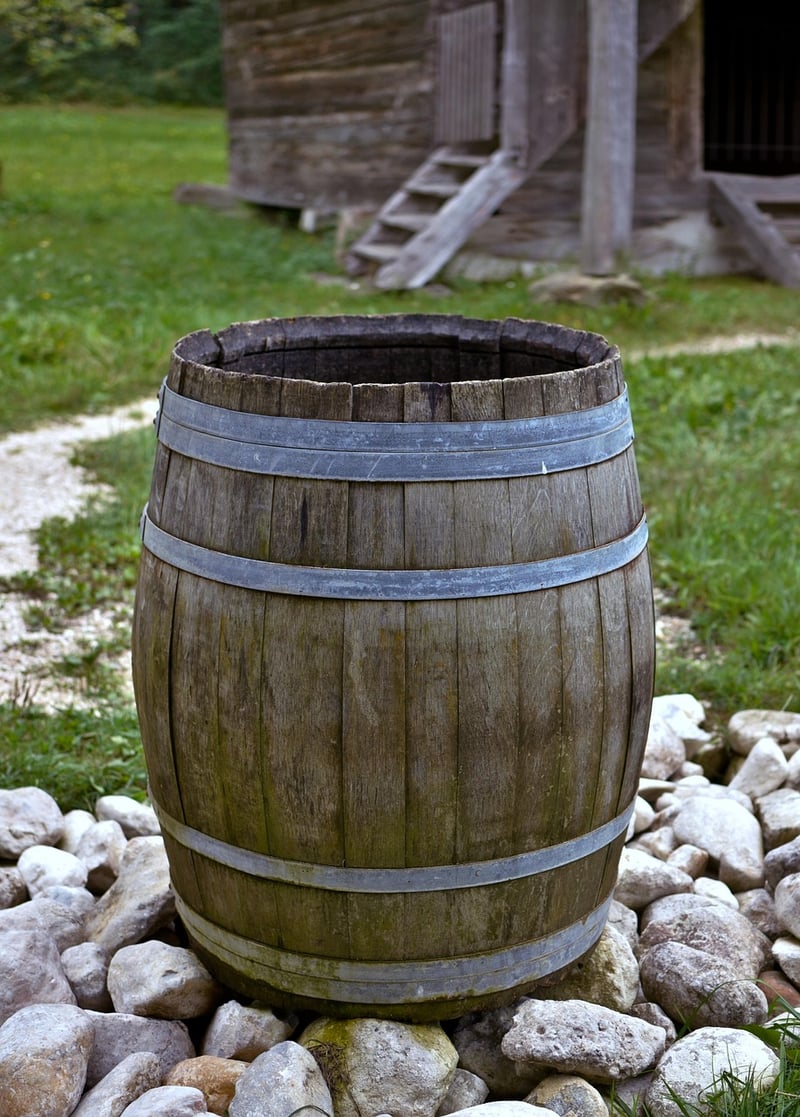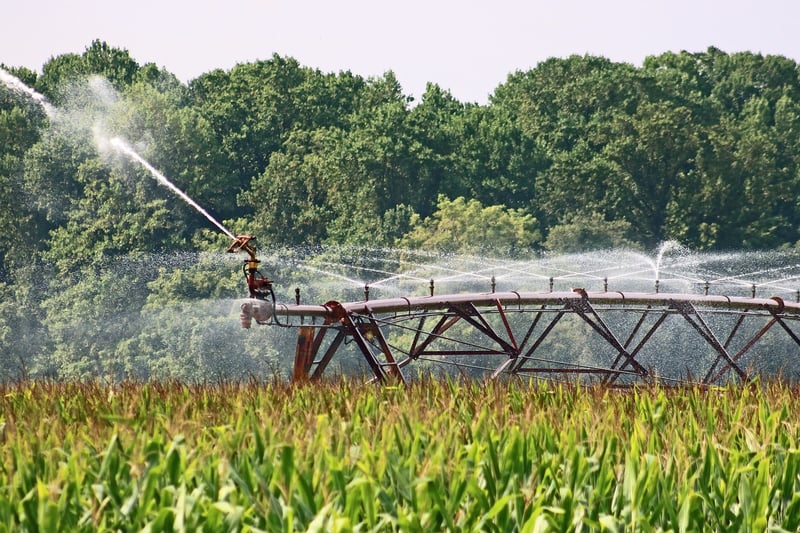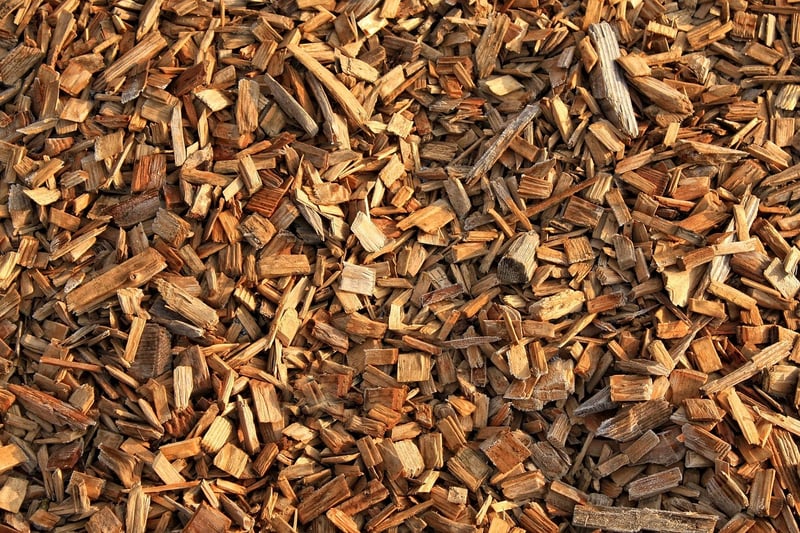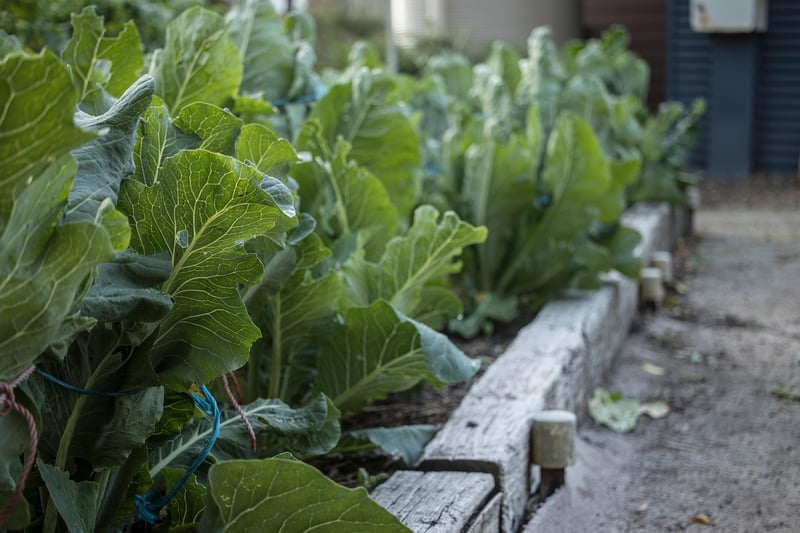Self-watering planters
Efficient Watering Methods for Vertical Gardens and Self-Watering Planters
Introduction
Vertical gardens and self-watering planters are excellent ways to bring greenery into small spaces. However, ensuring these plants receive adequate water can be a challenge. Here are some efficient watering methods for vertical gardens and self-watering planters to help keep your plants healthy and thriving.
1. Drip Irrigation System
A drip irrigation system is a highly efficient way to water vertical gardens. It delivers water directly to the plant roots, minimizing water wastage through evaporation. By installing a timer, you can automate the watering schedule, ensuring your plants receive water consistently.

2. Rainwater Harvesting
Rainwater harvesting is a sustainable method to water your vertical garden or self-watering planters. Install a rain barrel or a collection system to capture rainwater, which can then be used to hydrate your plants. Rainwater is free from chemicals and at the perfect temperature for plants.

3. Capillary Matting
Capillary matting is a passive watering technique ideal for self-watering planters. The mat draws water from a reservoir below and delivers it to the plant roots through capillary action. This method ensures plants take up only the water they need, preventing overwatering.

4. Smart Watering Apps
Utilize smart watering apps that connect to weather forecasts and plant databases to create a personalized watering schedule for your vertical garden or self-watering planters. These apps can adjust watering frequency based on plant type, local weather conditions, and soil moisture levels.

5. Mulching
Applying mulch to the soil surface of your vertical garden or self-watering planters can help retain moisture, reduce evaporation, and regulate soil temperature. Organic mulches like compost, straw, or wood chips not only conserve water but also enrich the soil as they break down.

Conclusion
Efficient watering is crucial for the health and vitality of plants in vertical gardens and self-watering planters. By utilizing drip irrigation systems, rainwater harvesting, capillary matting, smart watering apps, and mulching, you can ensure your plants receive the right amount of water while conserving this precious resource.
Remember to monitor your plants' moisture levels regularly and adjust your watering methods as needed to create an optimal growing environment for your vertical garden or self-watering planters.
